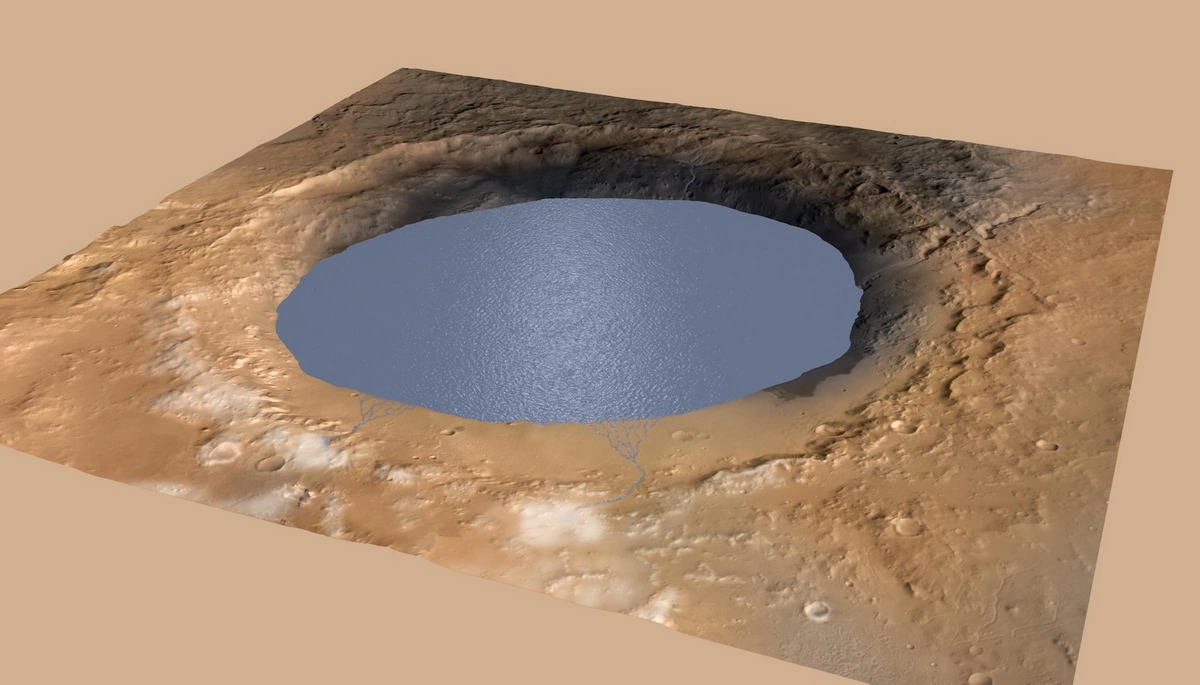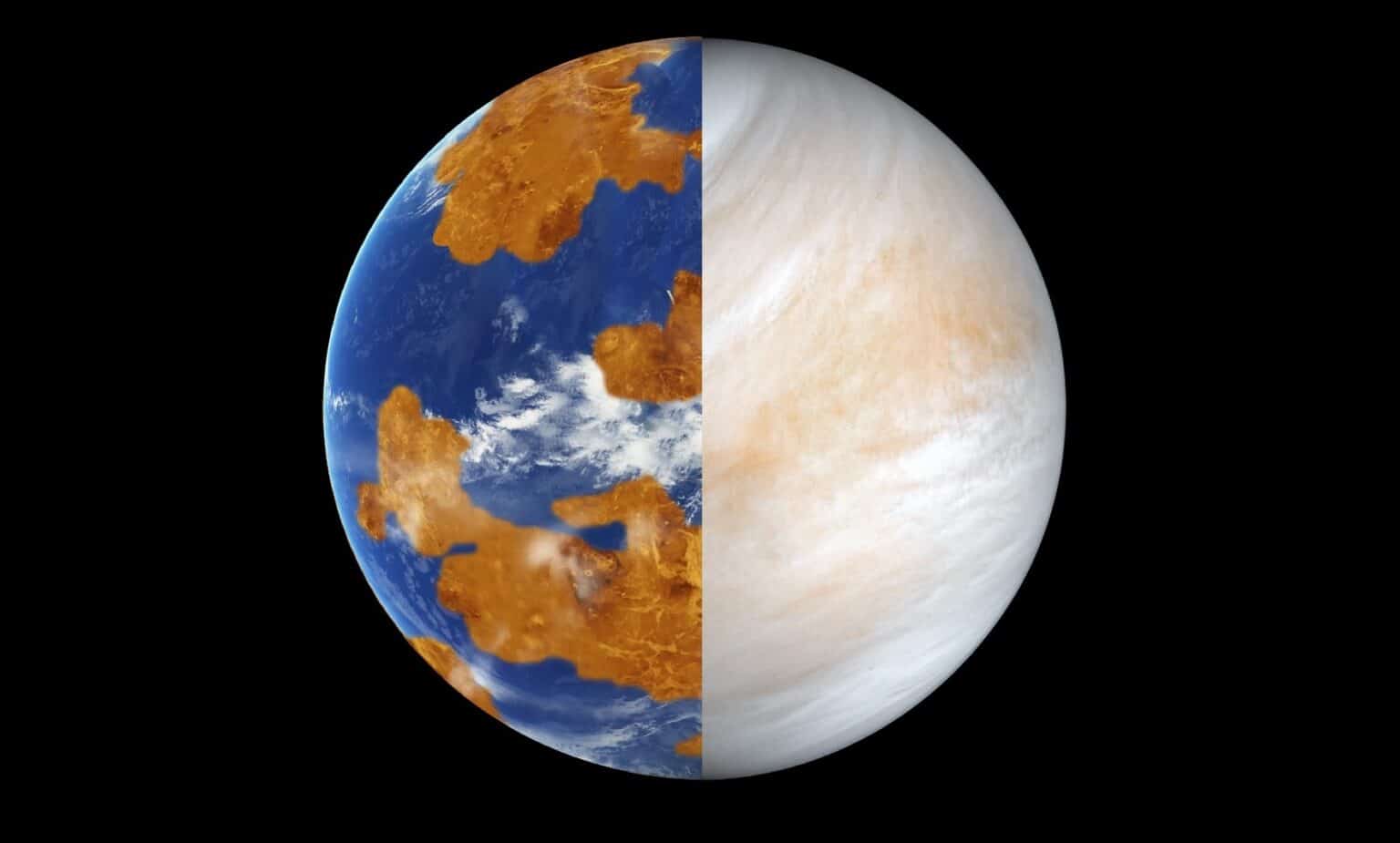Solar sails are a mysterious and majestic way to travel through space. Drawing an analogy with the sailboats of the past, they are one of the most efficient ways to move ships through space.
NASA's new advanced composite solar sail system launched Tuesday on a RocketLab Electron rocket. It aims to test the deployment of large solar sails in low Earth orbit, and on Wednesday NASA confirmed that it had successfully deployed a 9-meter sail.
In 1886, the car was invented. In 1903, people made their first flight on an airplane. Only 58 years later, humans made the first journey into space aboard a rocket. Rocket technology has changed a lot over the centuries, yes, centuries.
Rocket development began back in the 13th century, when the Chinese and Mongols shot rocket arrows at each other. Things have moved on a bit since then and we now have solid and liquid rocket fuel, ion thrusters and solar sails with more technology in stock.

Solar sails are of particular interest because they use energy from the sun or starlight to propel probes through space. The idea is not new: Johannes Kepler (known as a researcher of the motion of the planets) first proposed that sunlight could be used to propel spaceships in the 17th century in his work "Somnium".
However, we had to wait until the 20th century before the Russian scientist Konstantin Tsiolkovsky described the principle of operation of solar sails.
Carl Sagan and other members of the Planetary Society began proposing solar sail missions in the 70s and 80s, but it wasn't until 2010 that we saw the first practical solar sail vehicle, IKAROS.
The concept of solar sails is quite simple to understand, it is based on the pressure of sunlight. The sails are positioned at such an angle that the photons hit the reflective sail and, bouncing off it, push the spacecraft forward.
Sure, it takes a lot of photons to accelerate a spacecraft with light, but over time it's a very efficient propulsion system that doesn't need heavy engines or fuel tanks.
This reduction in mass makes it easier for solar sails to be accelerated by sunlight, but the size of the sails is limited by the material and structure of the booms that support them.
NASA is working to solve this problem with the next generation of solar sail technology. Their advanced composite solar sail system uses a CubeSat satellite built by NanoAvionics to test a new composite sail support structure.
It is made from flexible polymer and carbon materials to create a stiffer and lighter alternative to existing support structure designs.
On Wednesday, April 24, NASA confirmed that the CubeSat entered low Earth orbit and deployed a 9-meter sail. Now they turn on the probe and contract for a ground landing. Unfurling the 80 square meter sail took about 25 minutes.
If conditions are favorable, it will even be visible from Earth, and in brightness it may even rival Sirius.


 1832
1832












